Among the various empires that once ruled the ancient world, the Roman Empire occupies a prominent place. Their political efforts, advanced social system, deep knowledge of science and technology and military might reiterate the fact that they were an advanced civilization. During his reign, which lasted for over 1000 years The Romans initiated many architectural projects. You’ll find majestic temples dedicated to Roman and Greek gods, spectacular markets, stunning gardens, fortresses and amphitheatres in Rome. But if there is any structure that is synonymous with Romans, it is definitely this the Colosseum,
History of the Colosseum

Many of us have seen this huge stone building in the famous Hollywood movie “The Gladiator”. The Colosseum is one of the most imperial amphitheaters built by the Romans for public entertainment. Once the reign of Emperor Nero ended, the Flavian emperors took over the throne. Plagued by riots and civil wars, the state was in dire need of socio-economic reforms. The construction of the Colosseum is part of such reforms. Emperor Vespasian built it in 70 AD. It was built on the same beautiful piece of land where Nero’s Golden Palace once stood.
7 interesting facts about the Colosseum
One of the seven wonders of the world, the Colosseum is an interesting piece of architecture. Here are 7 facts about it:
1. The Nero Statue Myth

The name Colosseum is derived from the “colossal” statue of Nero that stood close to the huge amphitheater. During the construction of the Colosseum, Vespasian did not destroy the colossal statue, but he replaced the head with the head of Apollo. Successive emperors changed heads but the main statue survived until the Middle Ages. The English monk Venerable Bede said that Rome will stand as long as the Colossus (the statue of Nero) stands. If the statue falls, after Rome the rest of the world will also fall. The statue eventually fell during the medieval era.
Must read: 35 Best Places to Spend Christmas in Europe
2. The architects behind the Colosseum
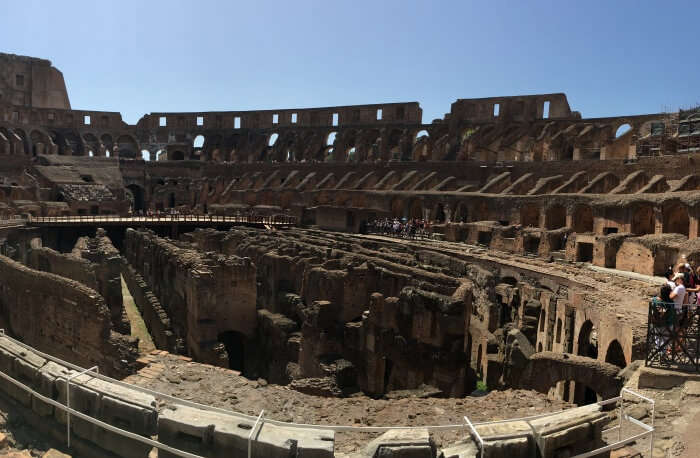
The Colosseum makes the Romans proud of their engineering skills. The building was constructed using naturally deposited limestone, travertine stones and tufa. Instead of using mortar to hold the elements together, the builders used 300 tons of iron clamps. It is no less than a surprise that such a grand structure is still standing in the center of Rome even after being affected by natural disasters.
3. Why does the Colosseum change color?

Although historical evidence suggests that the Satanic massacre took place inside the Colosseum, the Colosseum was chosen as a symbol against capital punishment. As a sign of compassion, when the death penalty is abolished anywhere in the world, Colosseum officials change their night lights from white to gold. When the US state of New Mexico abolished its death penalty system in April 2009, the lighting was changed to gold.
4. Design of the Colosseum
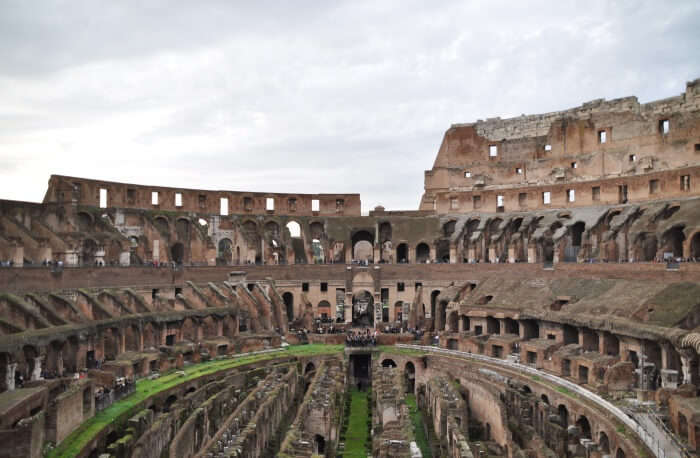
The system of access points and corridors is surprisingly advanced for their age. The Colosseum has more than 80 entrances and can accommodate more than 50,000 enthusiastic spectators. Segregation based on social status can be found in patterns of seating arrangements. Elaborate systems of pulleys, beams, ropes, canvas and sockets were operated by sailors specially recruited for the job.
Read suggestions: 13 delightful beaches in Europe for all the beach lovers around the world
5. Diverse Uses of the Colosseum

523 BC The Colosseum was gradually left disused after the sixth century, with the last animal fight taking place in 125 BC. During the traditional medieval period, the amphitheater was used as an extensive cemetery ground. In the early 13th century, the Frangipani family took over the Colosseum and converted it into a fortified palace. Pope Sixtus V used the Colosseum as a wool factory that provided employment to free prostitutes. Cardinal Altieri approved the use of this huge structure as a stadium for bullfighting, but the proposal was opposed by nobles and distinguished citizens.
6. The link between the Colosseum and Christianity
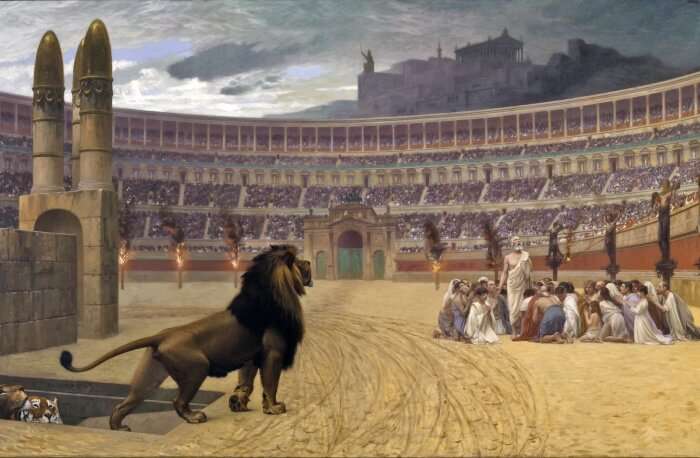
Despite its barbaric pagan origins, the Colosseum has been used as a place of worship by Christians for centuries. A large cross was disassembled in the 1870s during a frenzy of secular archeology funded by the new Italian state. That cross was attacked again in 1926 by Mussolini in a cynical attempt to appease Catholics.
Read suggestions: 17 places for snorkeling in Europe that every underwater enthusiast must visit
7. The largest exhibition of wild animals
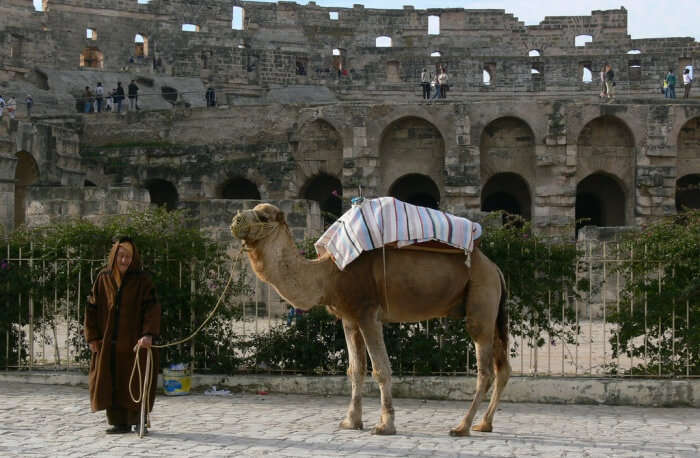
At the formal opening ceremony of the Colosseum in AD 80, the Emperor Titus displayed 5,000 wild animals. During the victory celebrations, Emperor Trajan fielded 11,000 animals and 10,000 gladiators and they fought bloody battles for 123 consecutive days. The wide range of animals included rhinoceros, hippopotamus, giraffe, crocodile, ostrich and aurochs etc.
Top 4 Places to Visit around Colosseum
After finishing exploring the Colosseum, visitors can move on to explore the history and culture of Rome. There are some historical treasures and archaeological sites near the Colosseum that you should head out to see:
1. Basilica of St. Clemente
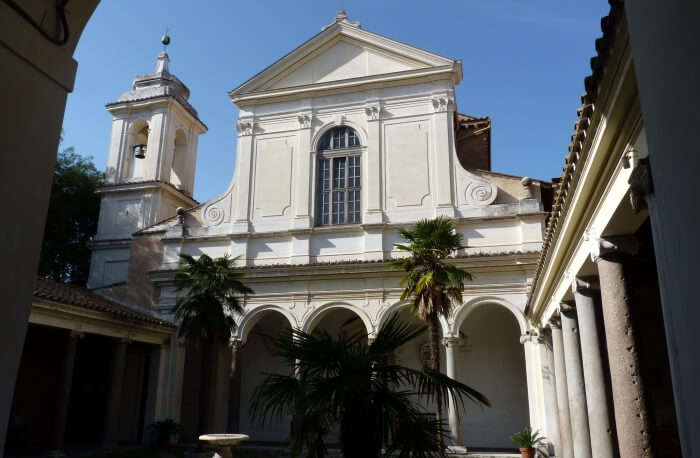
Located near the Colosseum in the heart of medieval Rome, the Basilica of St. Clemente is a gloomy-looking 12th-century Catholic church that embodies the beauty of Rome. This unique historical site is made up of three layers that record the history of Rome from its beginnings to the medieval period. This ancient church is an ideal place for visitors to see the complex architectural and archaeological history of the city. The walls and ceilings of the church are beautifully decorated with mosaics and wall paintings that will take your breath away.
Read suggestions: Guess which European city will be crowned the world’s most liveable city this year!
2. Roman house on Caelian Hill
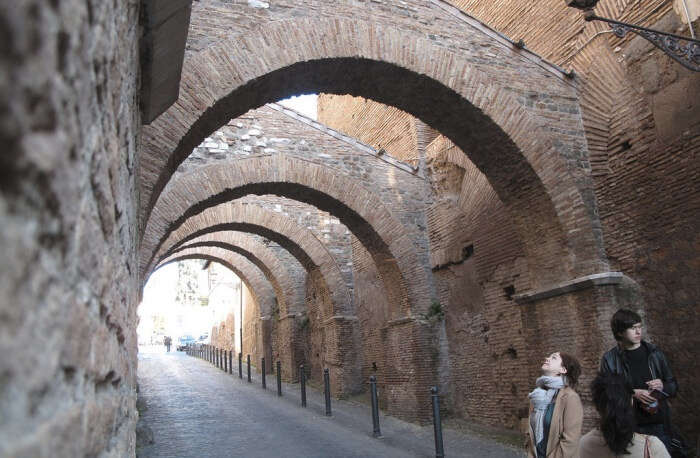
Located in the heart of the Celio district, the Roman House on the Celian Hill is one of the most beautiful archaeological sites in Europe. Visiting this historical monument gives you a wonderful opportunity to wander through the lush gardens of Villa Salimontana, in which you can also see the Church of St. Paul and John. Stroll down the path next to the church to see a breathtaking site of beautiful Roman houses and well-preserved frescoes from ancient Rome. The rooms of the Roman houses are beautifully decorated with wall paintings from the 12th century that depict the history of ancient Rome.
3. Mamertine Prison
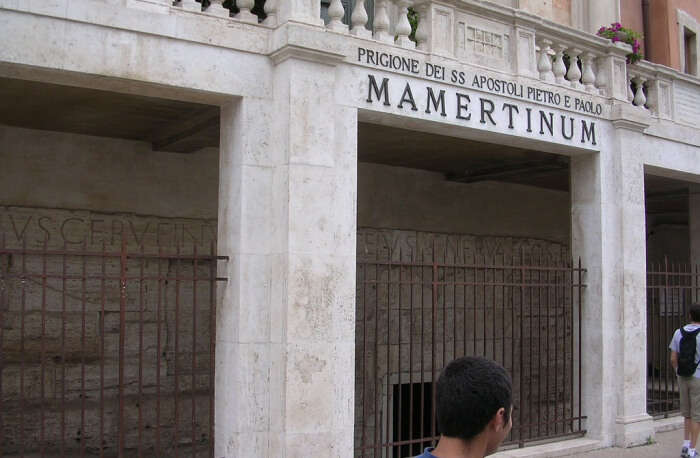
Mamertine Prison, also known as Tullianum, is one of the oldest prisons located on the northeastern slope of the Capitoline Hill in ancient Rome. This historical monument consists of two gloomy chambers that were home to many prisoners of the Empire and the saints Paul and Peter. In this modern era, the prison is considered a pilgrimage site for visitors as the Church of San Giuseppe dei Falegnami now stands over it. Visitors use modern stairs that lead to the upper level of the prison. Don’t forget to visit the small beautiful museum of the prison where you can see interesting artefacts of historical and archaeological interest. Overall, it will be a fascinating experience for the travelers to step into the past 2000 years.
Read suggestions: 14 popular festivals in Denmark that will make you feel warmly welcomed into Europe
4. Salita del Grillo and Trajan Market
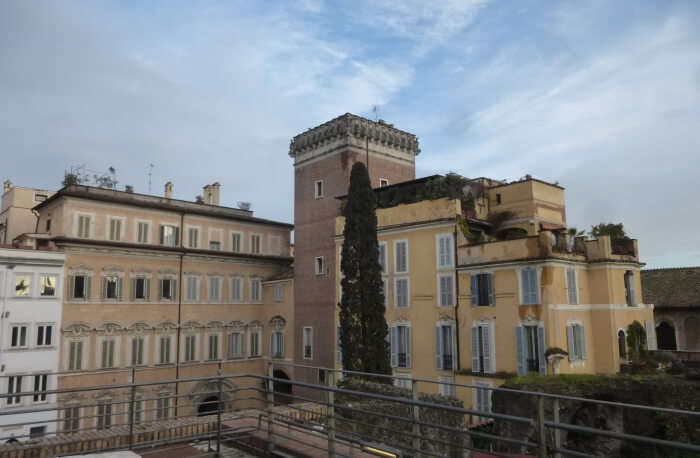
The Salita del Grillo Tower, built in the 12th century, is a well-preserved ancient brick building with stone rectangular-shaped windows that attracts a large number of visitors. This picturesque historical scene is surrounded by various ancient buildings that tell a lot about the rich cultural history of ancient Rome. Head upstairs to Trajan’s Market, one of the highlights of Rome’s five imperial forums, built by Julius Caesar. The semicircular structure of this historical building gives you a breathtaking view of the city. It is an ideal place for visitors to appreciate the glory of ancient Rome.
read ahead: 12 things you don’t need on your European packing list
There’s no way you should miss exploring the Colosseum, which still stands today as an iconic symbol of Imperial Rome. Believe it or not, this structure is endowed with great powers. It has suffered devastating earthquakes, fires and rockfalls over the centuries. It’s not famous for nothing! Despite being in continuous use for over 1900 years, the Colosseum in Rome is incredibly well preserved. No trip to Europe is complete without a visit to the Roman Colosseum.
Are you looking to book an international holiday?
Book memorable holidays on TourTravelHotels with 650+ verified travel agents for 65+ domestic and international destinations.
 Tips Clear – Media Surfer News Tips Clear: Your Daily Dose of Expert Advice
Tips Clear – Media Surfer News Tips Clear: Your Daily Dose of Expert Advice